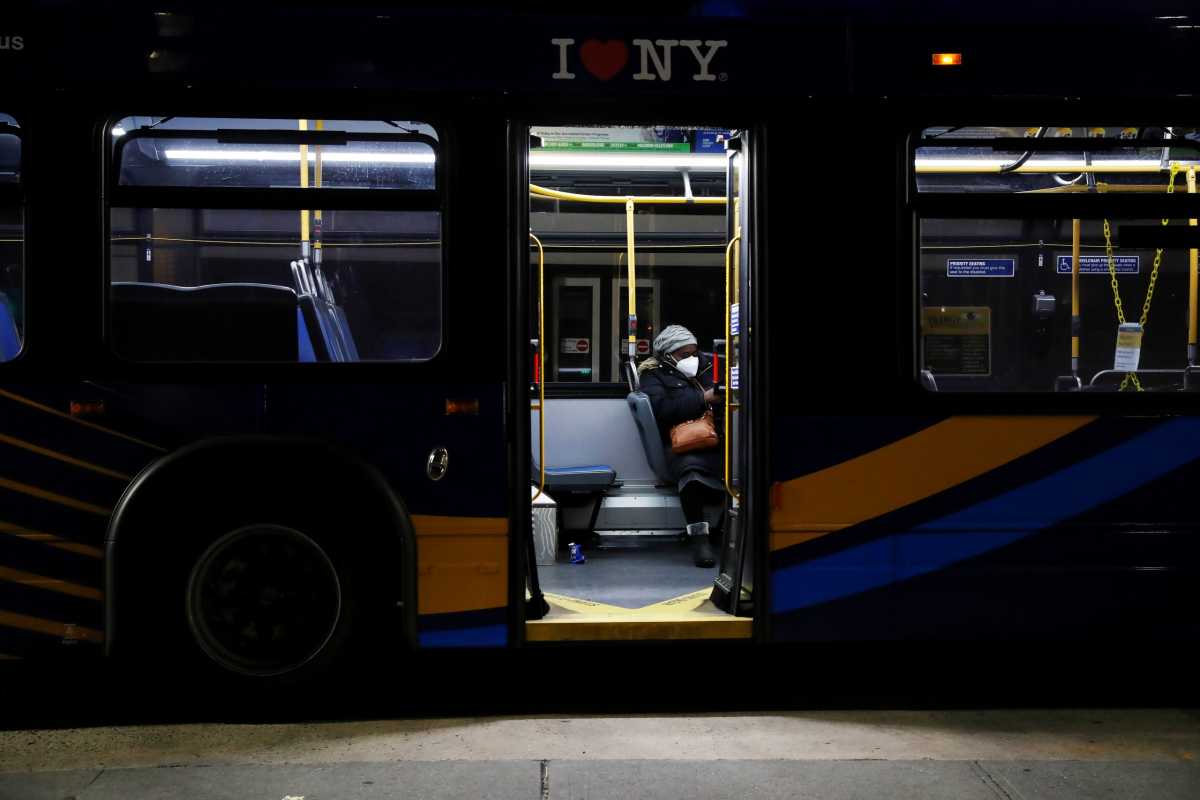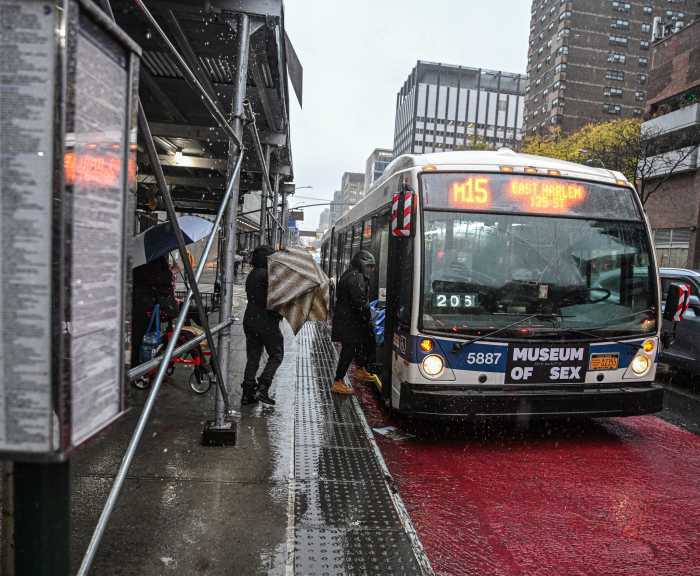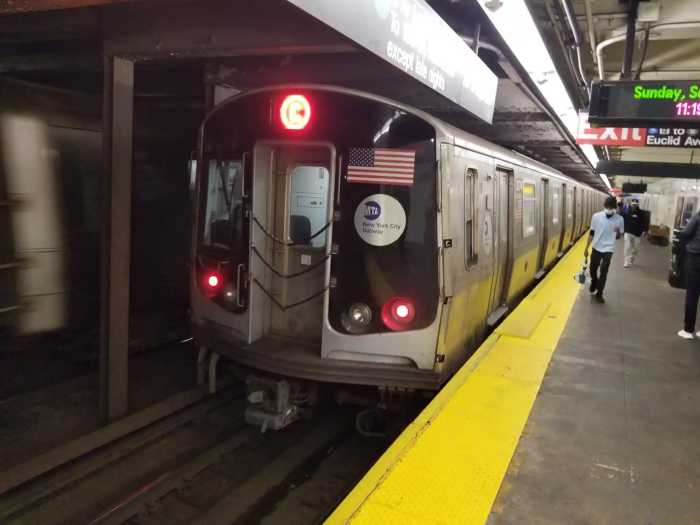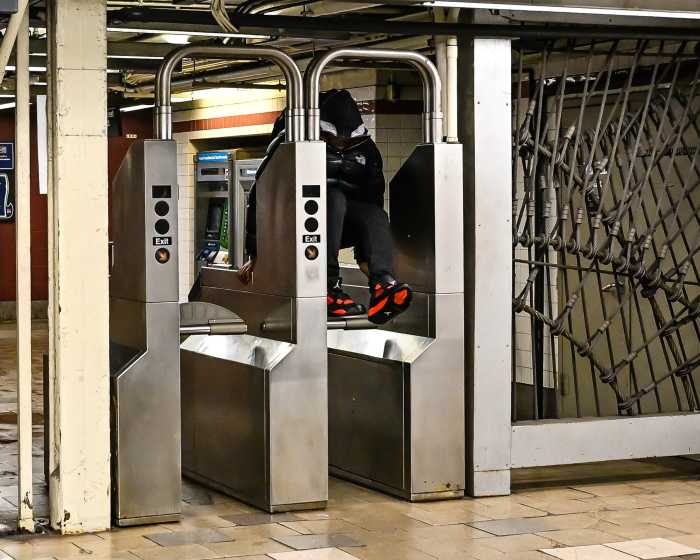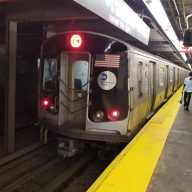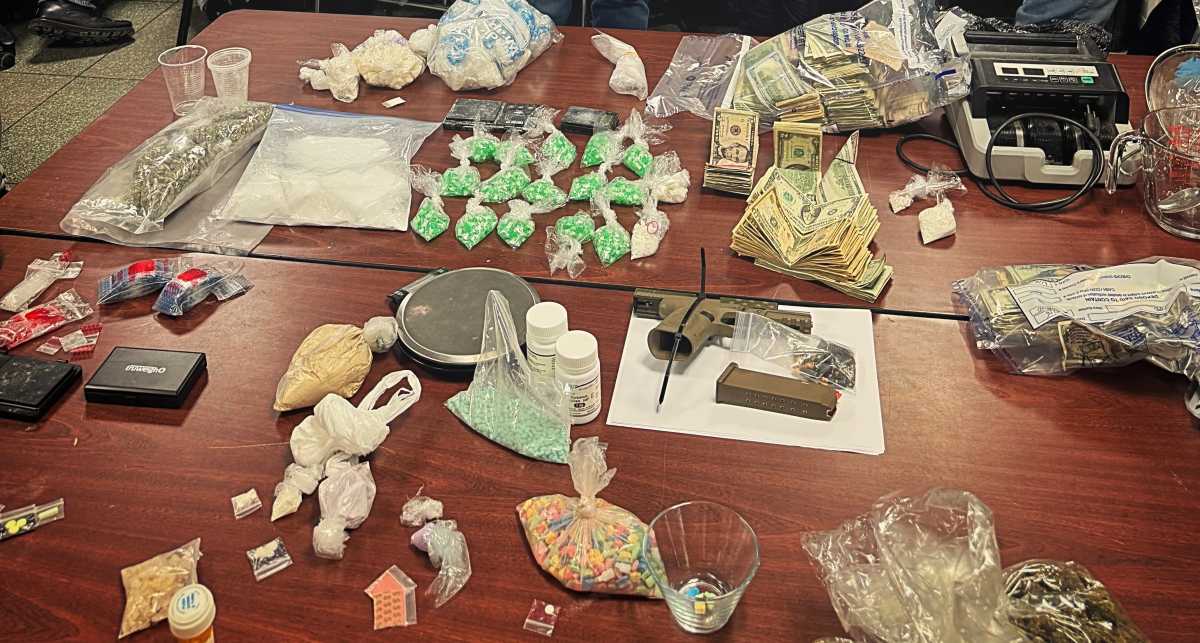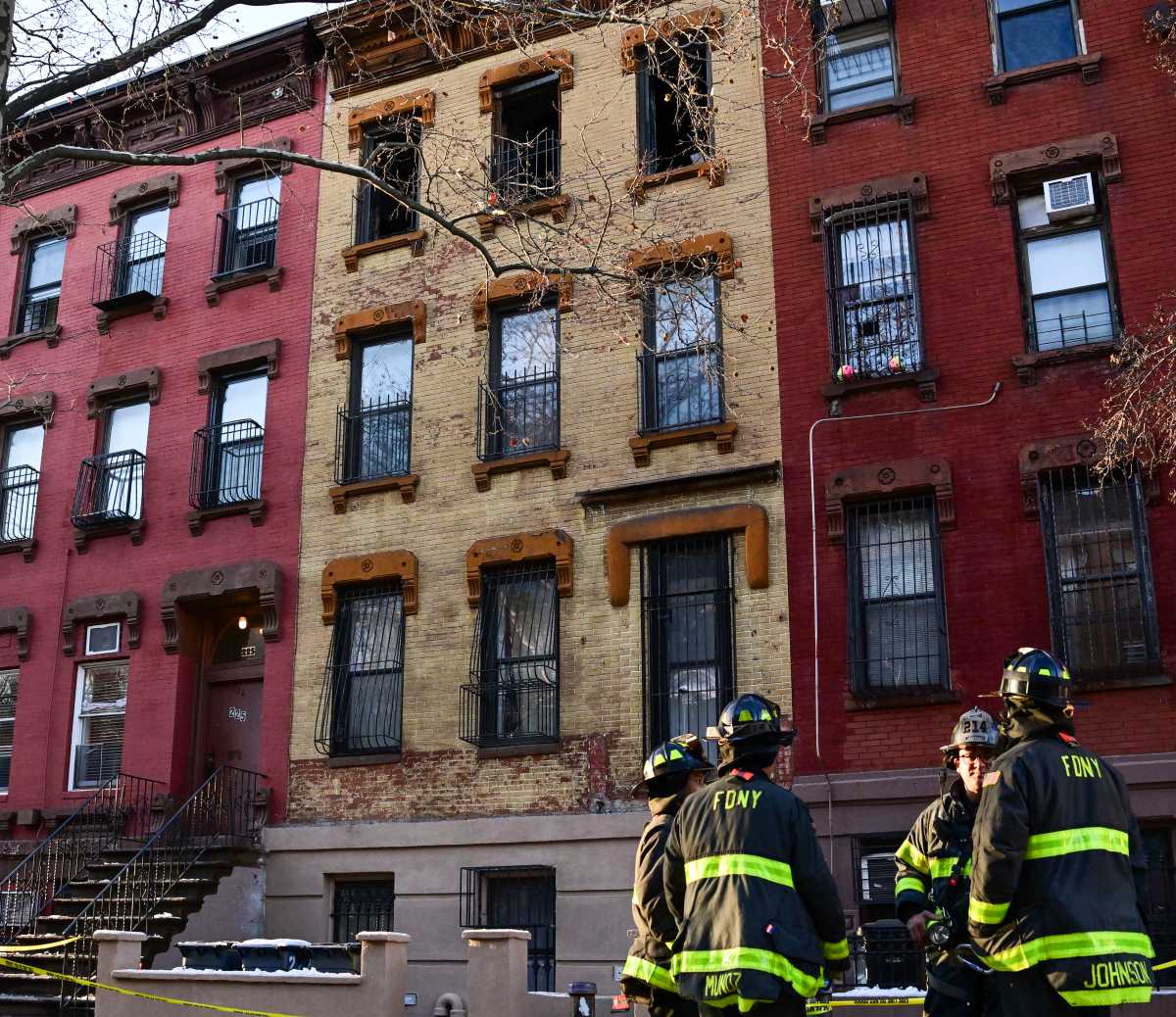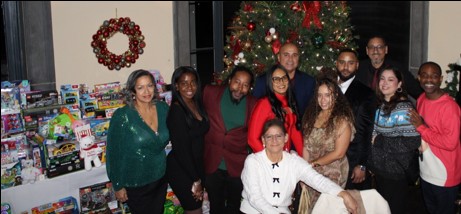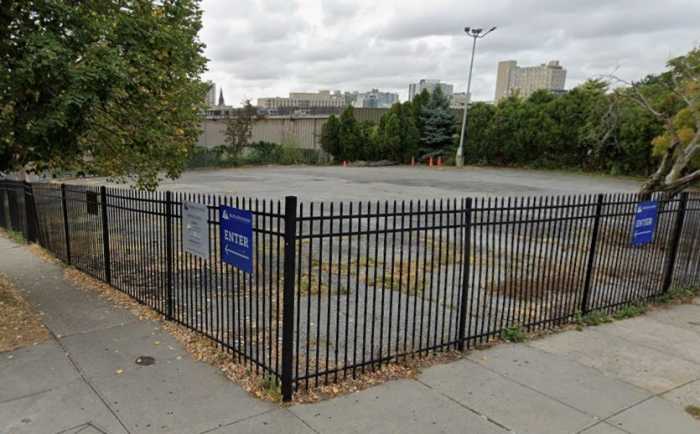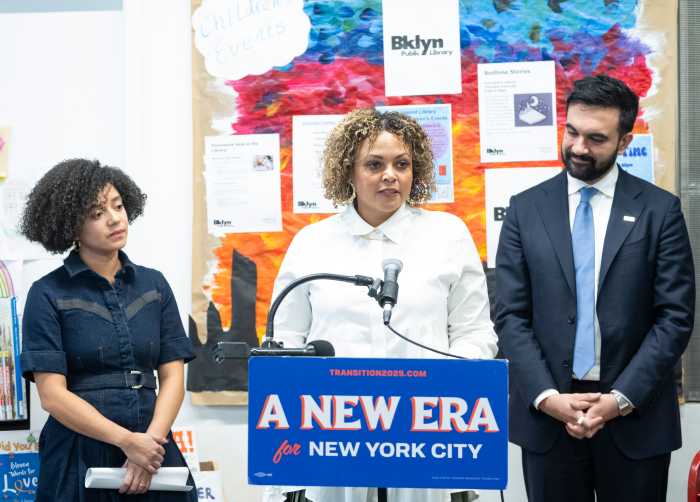Workers traveling between the hours of 1 and 5 a.m. daily will no longer have to book for-hire vehicles through the MTA website; there’s now an app for that.
And a surprisingly versatile app, at that, with features to not only connect workers with a free ride but also data on train and bus status as the MTA is forced to reimagine how to serve people during a global pandemic.
Not only has the MTA increased bus service by 76% in overnight trips and 150% boost in the operational fleet, but subway service has ceased for intense cleaning measures to trains and stations as a measure to protect riders while the city continues to be the epicenter of COVID-19 in the United States.
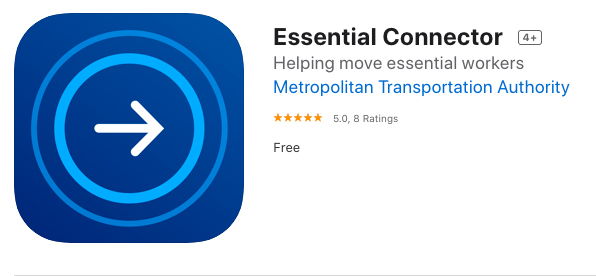
“Disinfecting trains every 24 hours is critically important to the health and safety of our riders, but in closing the system for four hours each night we knew we couldn’t leave overnight essential workers without options,” NYC Transit Interim President Sarah Feinberg said. “Together with our partner Axon Vibe, the New York City Transit team designed and built an app that will help those workers find available buses and other needed transportation. These are immensely challenging times, but I’m proud of our team for moving so quickly to build a user-friendly app that delivers for New Yorkers who rely on mass transit in the overnight hours.”
Essential workers who qualify have been able to get one free ride to work during the four-hour shutdown period, and the MTA says that the app will have routes and destinations highlighted that are frequented by regular users.
Workers whose commute would take more than 1 hour and 20 minutes, require more than two transfers or require a walk of more than a half-mile to or from a bus stop qualify for the program, according to the MTA.
MTA Chief Innovation Officer Mark Dowd said the effort to build the app took a matter of days with the help of AxonVibe.
“This crisis requires the MTA and transit agencies across the country to be resourceful and to look to nontraditional sources for solutions,” Dowd said.
The MTA has said that it is testing new methods to keep rolling stock and stations sanitary from antimicrobial biostats to ultraviolet light. In the meantime, the agency’s latest effort to clean every 24 hours has not only been historic for the 115-year-old, 24-hour subways system, but it could be the best bet for protecting riders and transit workers.
Last week, the MTA announced that over 100 of their employees have died.



